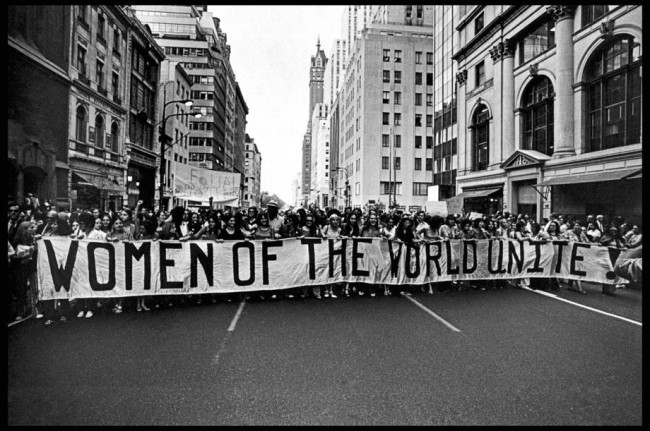Emma Charlotte Duerre Watson is a British actress, model, and activist. Emma has been very successful in all aspects of her life. She was recently pointed the good will ambassador UN women. In this role shes taken the opportunity to speak up against sexism. At the World Economic Forum she gave a speech about gender equality and established important points and apposed important questions that will all need to answer and act upon in order to created gender equality. She stresses the importance of young girls having a positive women role models, treating your children equality, boys and girls a like, husbands supporting their female partners towards fulfilling their dreams, speaking up when a women is degraded/belittled, engaging women in leadership positions, challenging the portrayal of women in the media, and implementing principles of female empowerment.
https://www.bustle.com/articles/60240-7-feminist-questions-emma-watson-asks-at-the-world-economic-forum-that-we-all-need-to
Brock Turner released from jail after serving 3 months for sexual assault


